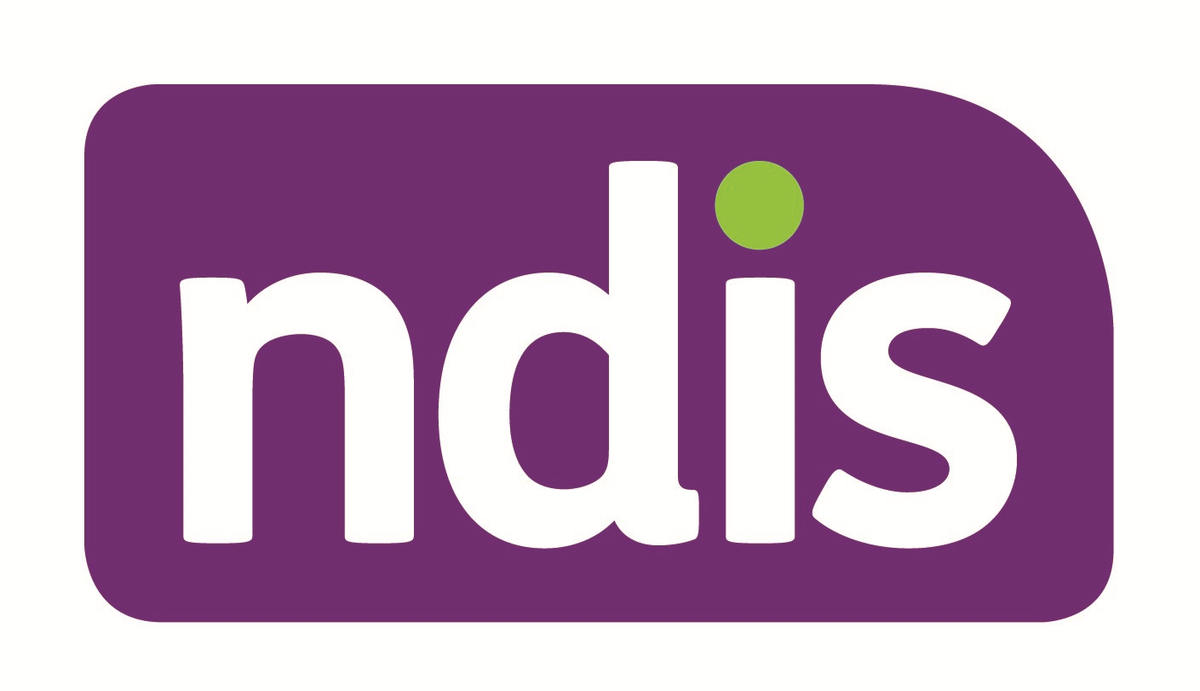Around 4.3 million Australians have a disability.
The NDIS will provide about 460,000 Australians (aged under 65 years), who have permanent and significant disability with funding for supports and services. For many people, this is the first time they have received the disability support they need.
Learning more about the NDIS
What is the NDIS
The National Disability Insurance Scheme (NDIS) is Australia’s national scheme for people with disability. It provides funds directly to individuals.
The NDIS has 2 core principles
- Giving people with disability better choice and control over their funding and supports
- Helping people with disability reach their goals through reasonable and necessary supports
NDIS Criteria: The 7 Steps
Step 1: Check Eligibility
Check the NDIS Eligibility Checklist (opens in a new window) to find out if you can apply for the NDIS.
Please note: these questions are only a guide. The final decision about eligibility is up to the NDIA.
Step 2: Get your Access Request Form
- Contact the NDIS (opens in a new window) to request for an Access Request Form (opens in a new window). If you need help filling in the form or making calls to the NDIS, you can contact your Local Area Coordinator (LAC), Early Childhood Early Intervention Partner (ECEI) or contact your local NDIA office. Visit the NDIS Contact page (opens in a new window) to find an office near you.
- You will need to give the NDIS evidence of eligibility, which includes proof:
- of your home address
- you were born in Australia or are an Australian citizen
- of your age
- you are deaf or have a hearing loss; this can be done by visiting your GP
Step 3: Starting the Process
- Once you have submitted your form, wait for the NDIA to send you an eligibility letter. Remember: you might need to wait for some time before you receive your letter.
- The NDIA will contact you to make a time for a conversation / assessment, also called a planning meeting.
- You will need to start collecting evidence of interpreting hours and any service support and community service hours you have accessed in the past. This is good information to have and will help you with your planning meeting.
- You first NDIS plan may include the same supports and services you currently receive. This will give you time to think about how those supports are working for you and if there are other supports which may help you achieve your goals before your next plan.
Step 4: Pre-planning
- Take the time to collect as much evidence of and for your existing supports and needs. This can include evidence of how many hours of interpreting, service support, community support, and any other services you have accessed in the past.
- Contact your state’s Deaf Society to enquire if they can provide you with any informal pre-planning support if you require any assistance or support with this step.
- Think about who you would like to come with you to your planning meeting
- The main benefits of pre-planning are:
- to have a clear idea of what supports you want / need
- to be clear on what deaf/hard-of-hearing needs are and explain this to the NDIA
- to practice well before the actual planning meeting
- to make sure you have a clear idea of your goals and what you want to achieve
Step 5: Meeting the NDIA to set-up your NDIS plan
The agenda for the meeting with the NDIA includes:
- getting to know you
- setting your goals
- deciding how you will manage your plan
- talking about next steps
- thinking about (if) you need support when you are choosing services when developing your plan
Step 6: Starting your plan
- Check your plan and make sure that you are happy with it
- If you are not happy, you can request the NDIS to review your plan within 3 months from the start date of the plan
- If you choose to be self-managed, you can start to book your services
- If you are approved to have a Support Coordinator, organise a meeting to start your plan
Step 7: Reviewing your plan
- Your NDIS plan is renewable every 12 months
- Check your plan regularly to make sure you have the supports and funds you need
- Before you plan finishes (at least 3 months before), organise to meet with the NDIA to plan for the next 12 months
- If anything in your life changes, you can ask for your plan to be reviewed
Managing your NDIS Plan
There are four ways to manage your NDIS plan and funds
Self Managed
You can self-manage all or a part of your NDIS plan and funding. Contact your Local Area Coordinator (LAC) or NDIA planner (opens in a new window) for more information. Self-managing your funds will involve:
- Finding and organising your services and supports
- Deciding how and when the supports will be provided, as per your NDIS plan
- Developing written service agreements and working relationships with service providers
- Directly paying providers
- Managing costs
- Keeping a record of purchases and receipts (evidence)
Plan Managed
You can use an NDIS registered plan management provider to manage your NDIS plan for you. Remember, if you decide to have your NDIS plan managed by a plan manager, you can choose to receive supports from service providers that are registered as well as not registered with the NDIS.
NDIA Managed
The NDIA will manage your plan for you. With this option, service providers can claim their costs directly from the NDIA. Remember, the NDIA will only engage NDIS registered service providers.
Combination: Self-, Plan-, and NDIA Managed
You have the choice to use a combination of the above three methods for your NDIS plan, where a different parts of your plan are managed separately depending on your support and access needs.





